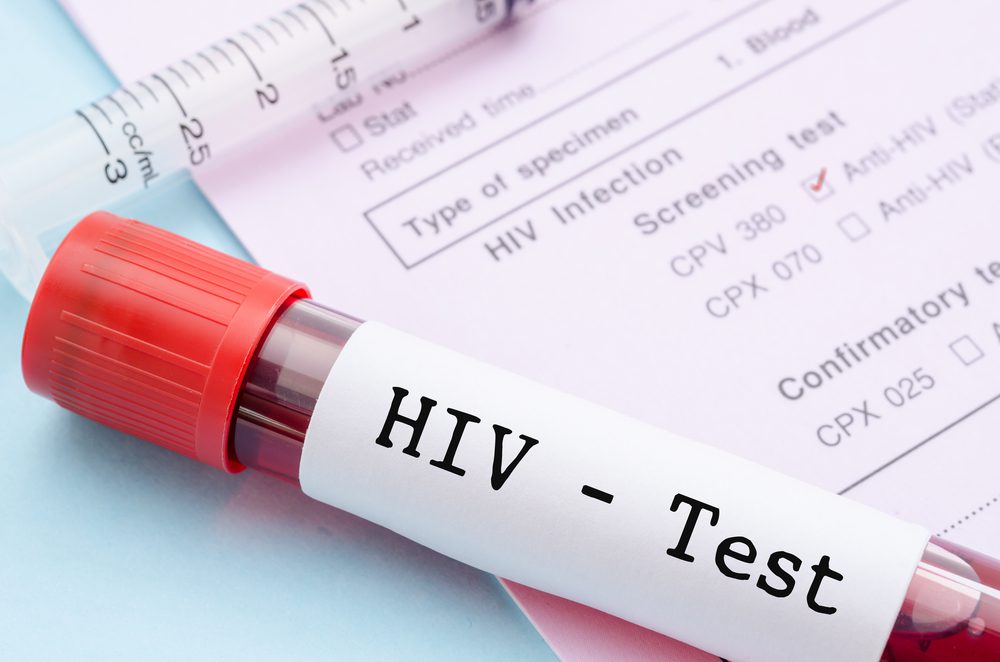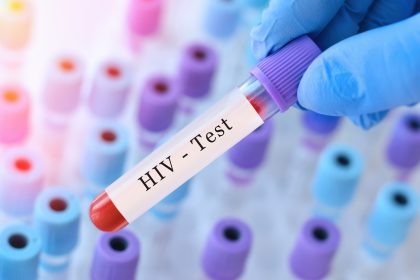Atrophic gastritis represents one of the most underdiagnosed digestive conditions, quietly damaging stomach tissue while dramatically increasing gastric cancer risk. This chronic inflammation of the stomach lining causes protective cells to thin and disappear, creating a cascade of digestive problems that often go unrecognized until significant damage has occurred.
The condition affects millions of people worldwide, yet many remain unaware they have it because early stages rarely produce obvious symptoms. Understanding atrophic gastritis becomes crucial for preventing serious complications and maintaining long-term digestive health.
Two distinct causes create different disease patterns
Helicobacter pylori bacterial infection represents the most common cause of atrophic gastritis, affecting an estimated 30-50% of Americans at some point during their lives. This hardy bacterium colonizes the stomach lining, creating chronic inflammation that gradually destroys protective cells over years or decades.
H. pylori infection shows higher prevalence rates among Black, Hispanic, and Asian populations, often transmitted during childhood through contaminated food, water, or close contact with infected individuals. The bacteria can remain dormant for years before triggering noticeable digestive problems.
Autoimmune metaplastic atrophic gastritis occurs when the immune system mistakenly attacks parietal cells in the stomach lining, reducing production of stomach acid and digestive enzymes essential for proper nutrition absorption. This autoimmune form often runs in families and typically affects older adults.
Environmental metaplastic atrophic gastritis, primarily caused by H. pylori infection, shows greater prevalence in males and tends to progress more rapidly than the autoimmune variant, making early detection and treatment particularly important.
Silent progression masks serious digestive damage
Atrophic gastritis often remains asymptomatic during early stages, making detection difficult without medical intervention. The gradual nature of stomach lining damage allows the body to adapt to reduced digestive capacity, masking symptoms until significant tissue loss has occurred.
Anemia frequently represents the first noticeable sign of atrophic gastritis, developing either from microscopic bleeding in the damaged stomach lining or from reduced stomach acid production that impairs iron absorption. This anemia often appears gradually and may be attributed to other causes.
Advanced cases may produce symptoms including stomach pain, heartburn, indigestion, nausea, and vomiting, but these nonspecific symptoms often get misattributed to stress, diet, or normal aging rather than recognized as signs of serious stomach damage.
The associated anemia can cause headaches, heart palpitations, irritability, loss of appetite, numbness and tingling in hands and feet, trouble concentrating, shortness of breath with exertion, and persistent fatigue that significantly impacts quality of life.
Diagnostic challenges require specialized testing
Endoscopy provides the most reliable method for diagnosing atrophic gastritis, using a thin tube with a camera to directly examine stomach lining changes and obtain tissue biopsies for confirmation. This procedure can identify the characteristic thinning and inflammation that define the condition.
Blood tests help assess disease severity by measuring digestive enzymes, stomach acid production levels, and the presence of H. pylori bacteria or parietal cell antibodies that indicate autoimmune involvement. These tests also evaluate vitamin B12 levels and other nutritional deficiencies.
Several risk factors increase susceptibility to atrophic gastritis, including H. pylori infection, male gender, age over 60, history of intestinal metaplasia, and diets high in salt content. These factors help guide screening decisions for at-risk individuals.
Regular monitoring becomes essential once atrophic gastritis is diagnosed because the condition can progress to intestinal metaplasia, which significantly increases gastric cancer risk and requires ongoing surveillance through periodic endoscopic examinations.
Treatment approaches target underlying causes
H. pylori eradication represents the primary treatment for infection-related atrophic gastritis, typically involving 10-14 days of combination antibiotic therapy. Successful treatment can sometimes reverse stomach lining damage, particularly when initiated before extensive tissue loss occurs.
Autoimmune gastritis management focuses on symptom control and nutritional support rather than cure, since the underlying immune dysfunction cannot be easily corrected. Vitamin B12 supplementation becomes essential because damaged stomach lining cannot properly absorb this crucial nutrient.
Monitoring and surveillance protocols help detect progression to more serious conditions including intestinal metaplasia and gastric cancer. Regular endoscopic examinations allow for early intervention if concerning changes develop in the stomach lining.
Nutritional support may include additional vitamin and mineral supplementation beyond B12, as the reduced stomach acid production associated with atrophic gastritis can impair absorption of iron, calcium, and other essential nutrients.
Prevention strategies address modifiable risk factors
Preventing H. pylori infection proves challenging because transmission often occurs during childhood through contaminated food, water, or close contact with infected family members. Good hand hygiene and careful attention to food and water safety can reduce infection risk.
Dietary modifications, particularly reducing sodium intake, may help lower atrophic gastritis risk since high-salt diets appear to increase susceptibility to stomach lining damage and H. pylori infection progression.
Early detection and treatment of H. pylori infection, when identified incidentally during medical evaluations, can prevent progression to atrophic gastritis and its associated complications including increased cancer risk.
Regular medical evaluation becomes important for individuals with known risk factors, family history of stomach problems, or persistent digestive symptoms that could indicate developing atrophic gastritis requiring prompt intervention.


















